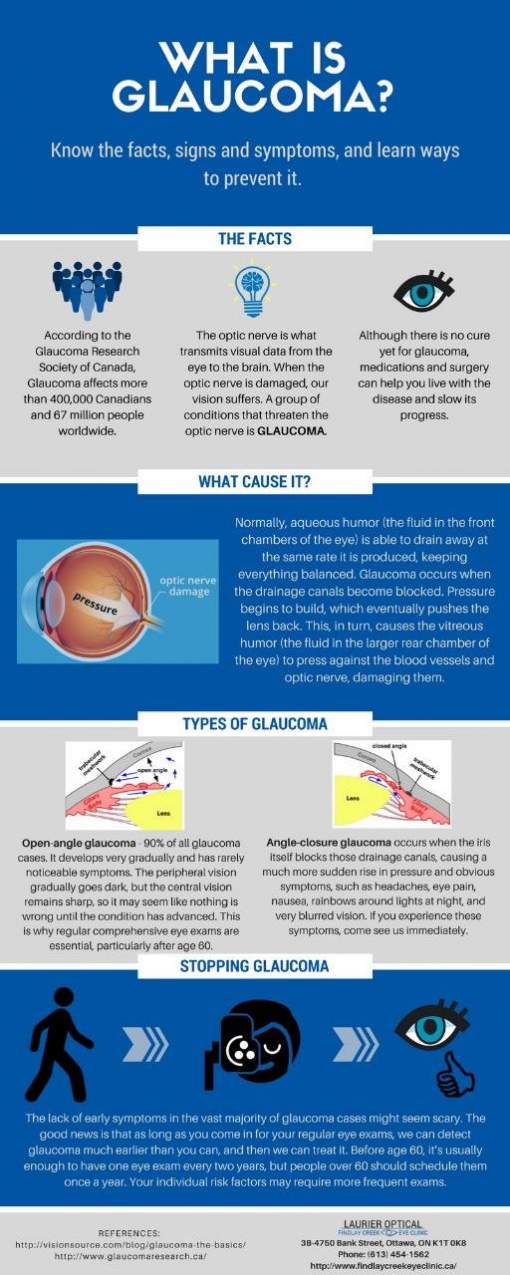This Post Reviews The LASIK Alternatives For Thin Corneas

Authored by- https://people.com/health/lasik-eye-surgery-what-to-know/
There are many individuals that have actually been told they can't receive LASIK eye surgery because of inadequate corneal density. Luckily, there are various other refractive surgical treatment options for them to consider.
These brand-new therapy choices are much more efficient than LASIK at treating specific kinds of vision issues as well as reducing the requirement for glasses or calls. They're also much more affordable than LASIK!
1. PRK
LASIK is a preferred laser vision correction surgical treatment, however not every person is an optimal candidate for it. This is particularly real for those with slim corneas or those who take part in active sports or work in high-risk tasks that put them at a greater risk of injury to their eyes.
Thankfully, there are other lasik choices that work as well as safe for people who don't get approved for LASIK. https://postheaven.net/rocio126glen/how-much-does-lasik-surgery-expense of these is PRK (photorefractive keratectomy).
Like LASIK, this procedure aims to permanently remedy your refractive mistake. It also enables you to reduce or remove the demand for glasses as well as get in touches with.
2. ASA
If you're considering LASIK but have dry eyes or slim corneas, ASA (Advanced Surface area Ablation) might be the appropriate option for you. This laser vision modification method improves the outer layer of your cornea, permitting your specialist to use an excimer laser to fix your eye's refractive mistake.
ASA is an advanced variation of PRK, or photorefractive keratectomy, which was the precursor to LASIK as well as was first authorized by the FDA in 1995. During this procedure, your epithelium is separated, dampened with a diluted alcohol option, as well as folded up back, prior to the excimer laser reshapes the cornea.
ASA has fewer risks than LASIK or PRK, and it usually takes a much shorter healing period. Nevertheless, there are some negative effects that ASA clients might experience, consisting of post-operative discomfort and also discomfort, undercorrection or overcorrection, as well as night vision disruptions.
3. Refractive lens exchange
For clients that are seriously nearsighted or farsighted and can not undergo laser vision adjustment treatments such as LASIK or PRK, refractive lens exchange is an excellent alternative. This treatment is performed by replacing your natural lens with an unique intraocular lens (IOL) that remedies your refractive mistake and gets rid of the demand for glasses or contacts.
If you struggle with presbyopia, an age-related eye condition that causes you to have problem seeing at close distances, Refractive lens exchange is the best alternative offered to you. This is because LASIK can not efficiently fix this eye trouble as it deals with the cornea.
For lots of people, the aging procedure causes the lenses in their eyes to lose versatility and come to be less adaptable. This triggers troubles concentrating on up close things such as analysis and dialing phones.
4. Monovision
Monovision is a technique of vision adjustment that utilizes a contact lens to deal with for both near and far distances. It is most frequently used to treat presbyopia, which is an usual eye problem that happens as individuals age.
It can also be an option to LASIK in some individuals. With monovision, one eye is corrected for distance vision and also the other is dealt with for close-up vision (near vision).
Many people that utilize monovision contact lenses do not need reviewing glasses or bifocals. Nonetheless, this is not always the case.
In a small number of situations, it can be required to use glasses when dealing with great information or focusing on close-up things.
Surgical choices for monovision consist of laser surgery as well as intraocular lens insertion. In the short-term, monovision might be tried with contact lenses to identify if it is appropriate for an individual.

